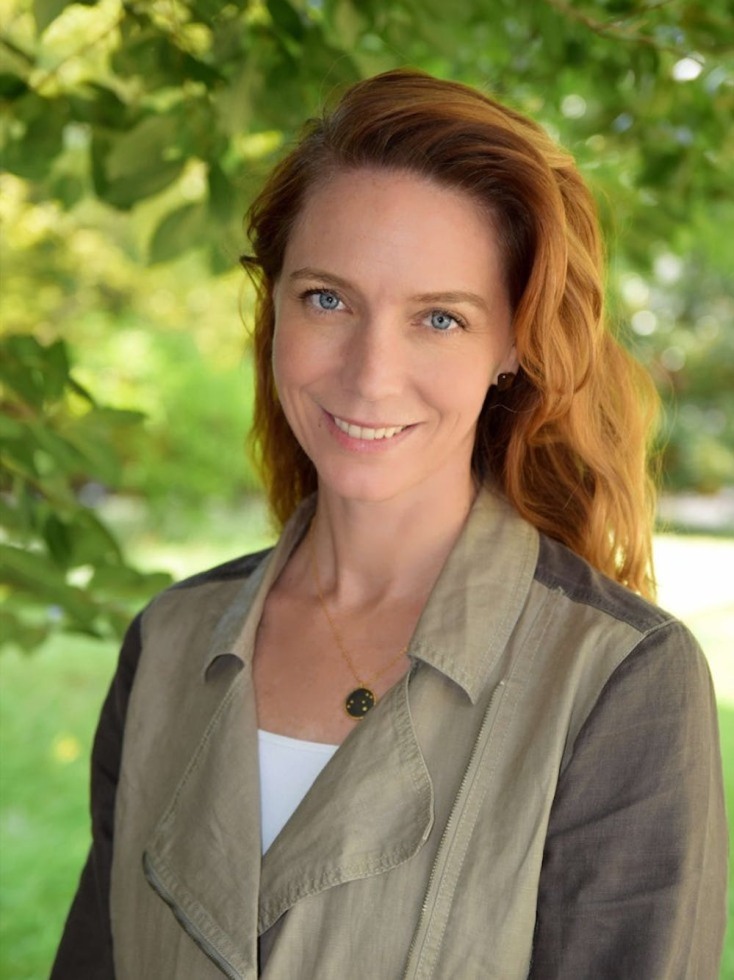PROVIDENCE, R.I. [Brown University] — Record-setting heat waves across Europe. Devastating floods in Kentucky and Eastern Australia. Historic droughts in Central Africa, Argentina and New England.
This summer, extreme weather events rocked every continent on Earth, leaving very few people unaffected. Kim Cobb, a professor at Brown University, summed up the international mood well in a recent interview with the Washington Post: “This summer,” she said, “is just a horrorscape.”
Cobb saw the horror coming a mile away. As one of the lead authors of the landmark 2021 report from the Intergovernmental Panel on Climate Change, she played a principal role in documenting the “unprecedented” pace at which humans have altered the environment and warning of the devastation that lay ahead unless leaders made major policy changes.
As the new director of the Institute at Brown for Environment and Society (IBES), Cobb has the opportunity to lead by example. Cobb, who stepped into her new role in July, said that many of her long-term plans for the institute revolve around finding real-world solutions to the looming climate crisis and equipping Brown students with the tools they’ll need to lead the fight in the decades to come.
“When it comes to addressing climate change, my generation so far has gotten a solid C,” she said. “Gen Z has got to ace this.”
After a month at the helm of IBES, Cobb answered questions about how her background prepared her for this role, her vision for the institute and what it will take to protect communities across the globe from the effects of extreme weather.
Q: What’s your scholarly background, and how does it align with the mission of IBES?
I have a degree in oceanography, and a large part of my research portfolio revolves around generating new records of climate change from corals. In 2016, which remains the planet’s warmest year on record, the coral reefs I had been studying for 20 years were decimated. For me, that really drove home the sweeping consequences of climate change. In that moment, I began to wonder what I could do to more squarely confront this issue and help develop solutions.
I challenged myself to reach beyond the walls of my own lab and disciplinary expertise. I started engaging with people from other disciplines and professions to find new ways to keep communities safe in extreme weather. I also worked with a large research team to move the needle on emissions reductions.
I was attracted to this role at Brown because it allows me to be a researcher and a champion for solutions-oriented research and education. As a scholar, I can continue to find climate solutions in partnership with diverse colleagues and organizations, and as a leader, I can explore strategies to connect and support people in sustained partnerships that are focused on climate solutions.
